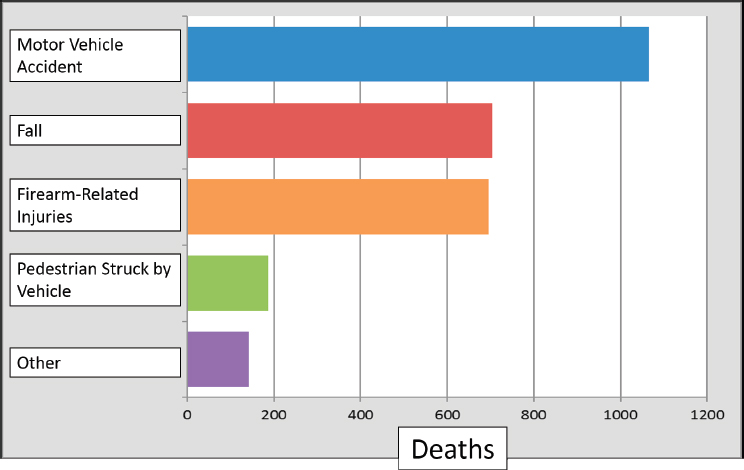10
Closing Remarks
In his closing comments at the end of the workshop, Jay Bhatt remarked that the workshop was historic in terms of discussing the interventions that health systems can implement to reduce firearm injury and death, stating the evidence supporting these interventions, and starting to develop a meaningful research agenda. For him, he said, the most important conversations were those about harmonizing data, systematizing wrap-around services, making trauma-informed care the norm, the development of needed workforce models, and the importance of integrating physical health, mental health, and behavioral health wrap around services. He thanked the participants for working together to break the cycle of violence.
Elizabeth McGlynn echoed Bhatt’s comments and noted that there were many fundamental issues discussed in the workshop that must be addressed in order to improve the health and well-being of people throughout the nation. She added that while Kaiser Permanente is a big organization that can have an impact, it cannot solve this problem alone, and she said she looked forward to collaborating with the broad group of people who have been working on this issue for many years.
George Isham concluded the workshop by putting up a slide showing that firearm-related injuries are the third leading cause of pediatric deaths (see Figure 10-1). “It seems to me that I could do a lot with this information in front of a board of directors and people who care about priorities for developing health interventions for health systems,” he said. Several years ago, he said, he used the same type of information showing that clinical care interventions only accounted for an estimated 20 percent of deaths in the United States to make an argument to the board of HealthPartners that

SOURCES: Adapted from a presentation by Luke Neff at the workshop on Health Systems Interventions to Prevent Firearm Injuries and Death on October 17, 2018; ACS, 2019.
the health system should address the social, environmental, and behavioral determinants of health. The key here, he said, is that, as this workshop highlighted, there are effective interventions that health systems can implement to address firearm injury and death. As a final comment, Isham said that he was leaving the workshop optimistic that with the commitment of organizations such as the American Hospital Association, Kaiser Permanente, and others who participated in the 2 days of discussions that it will be possible to make persuasive arguments to health system leaders that their institutions can and should act.


